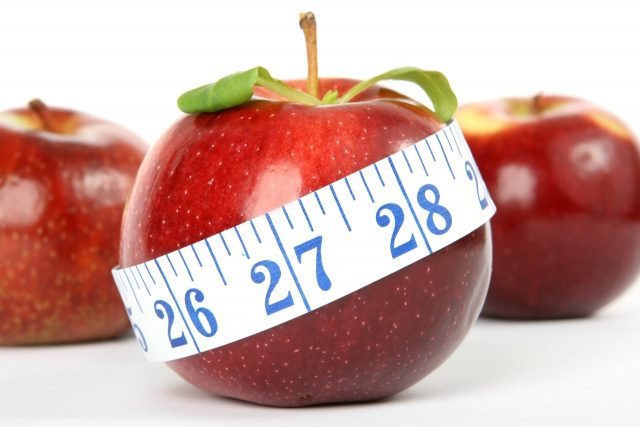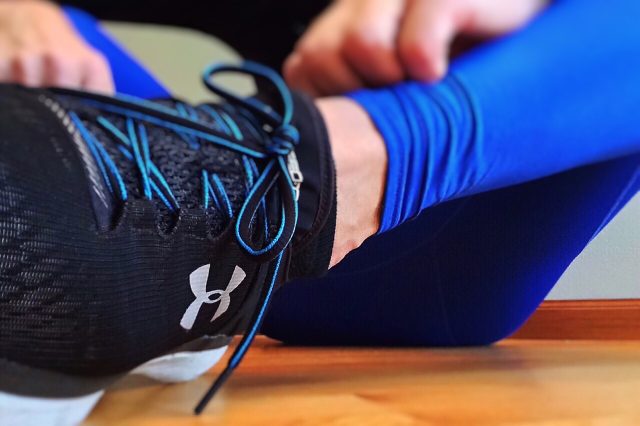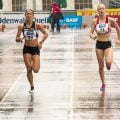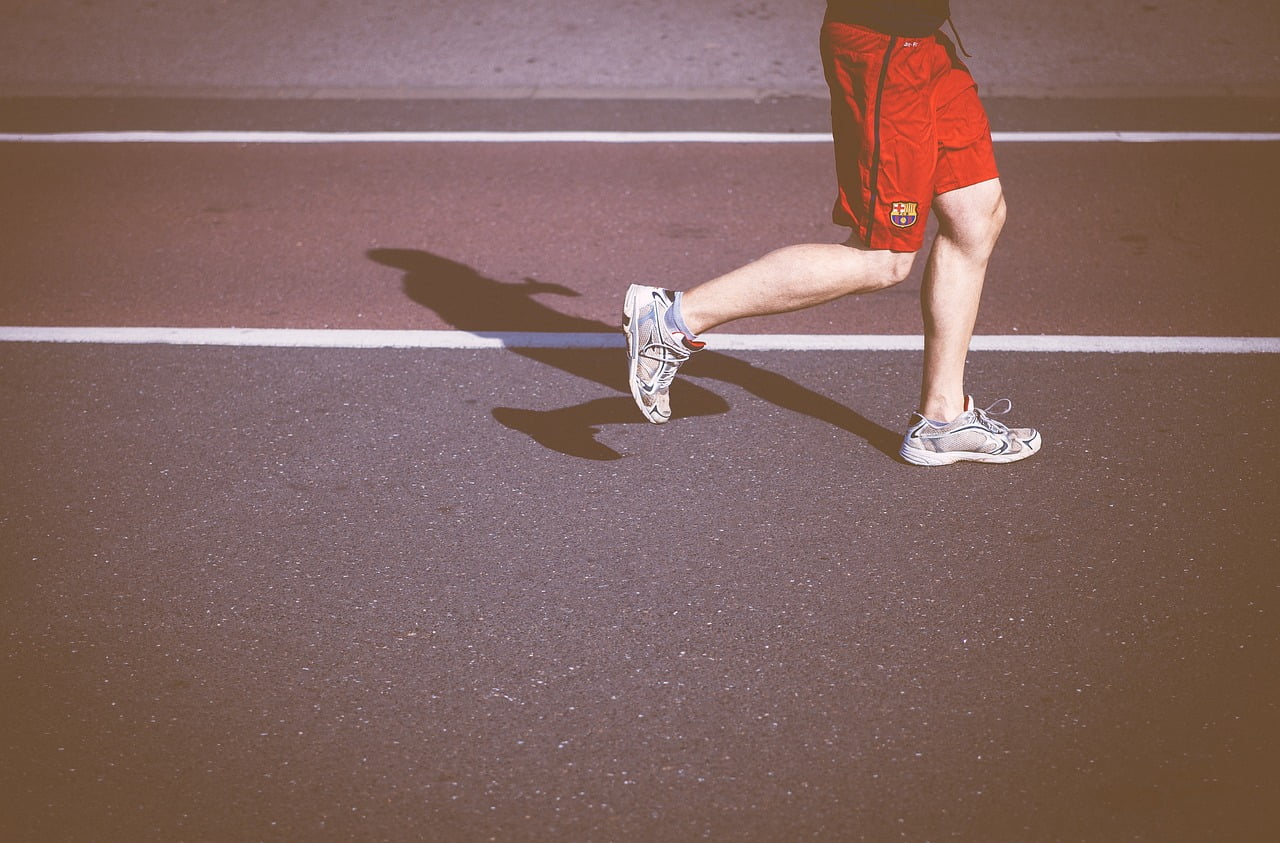Running is one of the most popular physical activities throughout the entire world. Relatively cheap as it only requires a good pair of shoes, quality clothing to wick sweat away from the skin, and the open road, almost anyone can get into running and enjoy the many health benefits. However, when you first start running, you might be wondering the difference between running and jogging. This article will discuss what the difference is between.
Grammatical and Runners Definitions of Running and Jogging
For most people, jogging means trotting or running at a slow and leisurely pace, just a notch above a brisk walk. Jogging usually does not require much effort for someone who is in decent physical shape. For runners, jogging usually happens during the warm ups or cool downs, and is usually used as a recovery period for those who are interval training. Jogging has a target heart rate of usually less than 60% working heart rate.
Running on the other hand, usually has a couple of different speeds. Jogging is considered to be a type of running, as is sprinting. Running has a very broad definition that it is a pace faster than walking, and your two feet are never on the ground at the same time. A conversational/easy run is considered to be 60 to 75% working heart rate, a brisk pace is up to 85% working heart rate, and sprinting is up to 95% working heart rate.
If you need help finding your working heart rate, check out this calculator.
Pros of Jogging and Running
There are plenty of benefits of running and jogging. Both of these physical activities can help you to lose weight by burning calories and increasing resting metabolism. Running, particularly speed training, helps to build lean muscle and build up a strong core, which in turn, leads to better posture and protects the spine and internal organs from injury.
Running and jogging also benefits the cardiovascular system by making the heart muscle stronger, lowering blood pressure, and increasing lung capacity. Jogging and running can also help to increase bone mass and prevent osteoporosis, an ailment that affects as many as one in three women, particularly in old age. Running is also easy to pick up and does not require any particularly fancy equipement in order to be successful.
Cons of Running and Jogging
While there are some definite benefits of running and jogging, there are some drawbacks as well. Running can be particularly hard on the joints, especially knees and hips. So for those who have problems with those areas, running should be avoided as they can exacerbate these conditions. It is also possible to exercise too much, by not allowing your body to recover fully after physical activity, which can lead to injuries and mental fatigue.

Additionally, those who are running to lose weight may feel discouraged as they might not see immediate results. While running can burn fat, it can also increase muscle, which may actually make you gain weight.
Additionally, those who go out for runs may be famished by the time they come home, and may eat whatever they want, therefore not creating the calorie deficit necessary for actual weight loss. However, if this is the case, don’t get discouraged! Simply make sure you eat plenty of lean proteins and fruits and vegetables, limiting junk food and sugary sport drinks after a run, and you will see the results you desire!
Which Is Better For Me?
In the end, whether running or jogging is better for you will depend on why you are doing either exercise. If you are trying to get back into shape, chances are you probably won’t be able to run at a brisk or fast pace for very long without overexerting your legs and lungs.

If you are in decent physical shape, running can be a great way to work on speed training through sprinting intervals to help you prepare for your upcoming races. Running at a quicker speed will also help you to burn more calories, so if you are running as a way to lose weight and build lean muscle, running and interval training may be a better options than a slow jog.
However, no matter how you are moving, the important thing is that you are moving. Don’t give up if you are unable to run at brisker paces, and just know that running faster and longer will only become easier the more you get out and move.
How Often Should You Jog or Run?
Make sure you are exercising at least three to five times a week, with at least two days of rest, but make sure you also listen to your body and taken more days off if you are excessively sore or have an experienced an injury. Before and after a run, whether you were jogging or running at a brisk pace, make sure you take time for a warmup and cool down, and stretch your muscles to help reduce the risk of injury.
What Shoes Are Best for Jogging or Running?
It is also important to invest in quality shoes, the most expensive part of running. Proper shoes will help to correct your form, keeping your feet, knees, and back as pain free as possible. Find a local running store that will analyze your gait for you and measures your feet in order to get the best shoe for your foot.

Conclusion
Whether you are jogging or running a little bit faster, hitting the trails will quickly become a part of your weekly routine. If you are in need of a little encouragement, join online accountability groups or find a workout buddy who can hold you accountable and keep you company through your workouts. No matter what your skill level, don’t be afraid to get out and move!
References:
https://www.ncbi.nlm.nih.gov/pubmed/7981845
https://www.ncbi.nlm.nih.gov/pubmed/25660917
https://www.ncbi.nlm.nih.gov/pubmed/6392404
https://www.ncbi.nlm.nih.gov/pubmed/2011682






